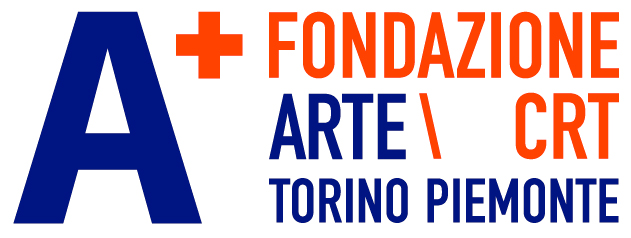Rhode has carried out a long and consistent project to expand the conceptual and physical space of drawing, describing within that realm a continuous tension, from the two-dimensionality of the surface toward the volumetric nature of the body, from fixity toward motion. He never attempts to resolve these dualities, but instead cultivates their ambiguity as a space of possibility, where all art languages and their spatial-temporal dimensions meet, expanding but never annulling each other.
Rhode cites Richter’s Diagonal Symphony and Schlemmer’s Triadic Ballet but goes beyond the possibilities of the dialogue between geometry and movement, which characterizes the former, and between geometry and the action of the body, investigated in the latter. [...]


